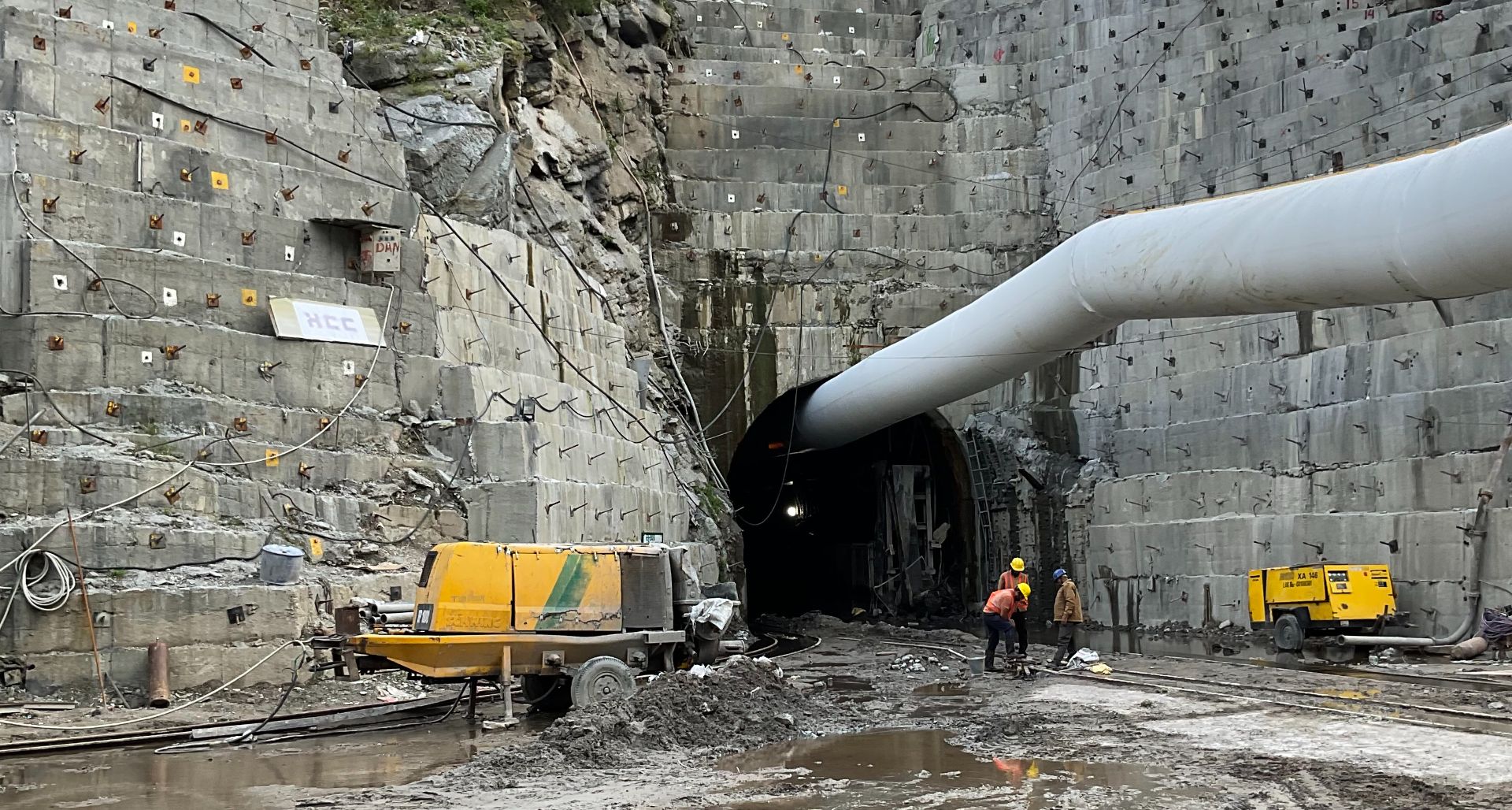Geophysical methods are critical in tunnel engineering and safety for both pre-construction and post-construction phases. They help identify geological hazards, groundwater conditions, and structural integrity issues without drilling or excavation. Geophysical methods can be applied on tunnels during the design stage to find out the mechanical properties of the ground; during the construction stage as a quality assurance and hazard mitigation method or even during the service stage of the tunnel.

Tunnel Issues that can be detected by Geophysical survey
- Faults and shear zones
- Karst cavities or sinkholes
- Fractured or weathered rock
- Water ingress/seepage zones
- Debonding or delamination behind tunnel linings
- Abandoned mine workings intersecting tunnel route
We provide advanced near-surface geophysical investigation services to support safe, efficient, and informed infrastructure development. A geophysical survey for tunnels involves the use of non-invasive techniques to detect and map subsurface anomalies that may indicate the presence of tunnels or underground voids. These surveys enable us to assess potential hazards, ensure structural integrity.
Common geophysical methods employed include ground-penetrating radar (GPR), seismic refraction, electrical resistivity tomography (ERT), and microgravity surveys. Each technique offers unique advantages; for instance, GPR provides high-resolution images suitable for shallow depths, while ERT and seismic methods can penetrate deeper and provide more detailed information on subsurface materials.
The choice of method depends on the geological setting, depth of the target, and survey objectives. Data collected during the survey is analysed to identify variations in physical properties, such as electrical conductivity or density, that suggest the presence of tunnels. Overall, geophysical surveys offer a reliable approach to subsurface investigation without the need for extensive excavation.